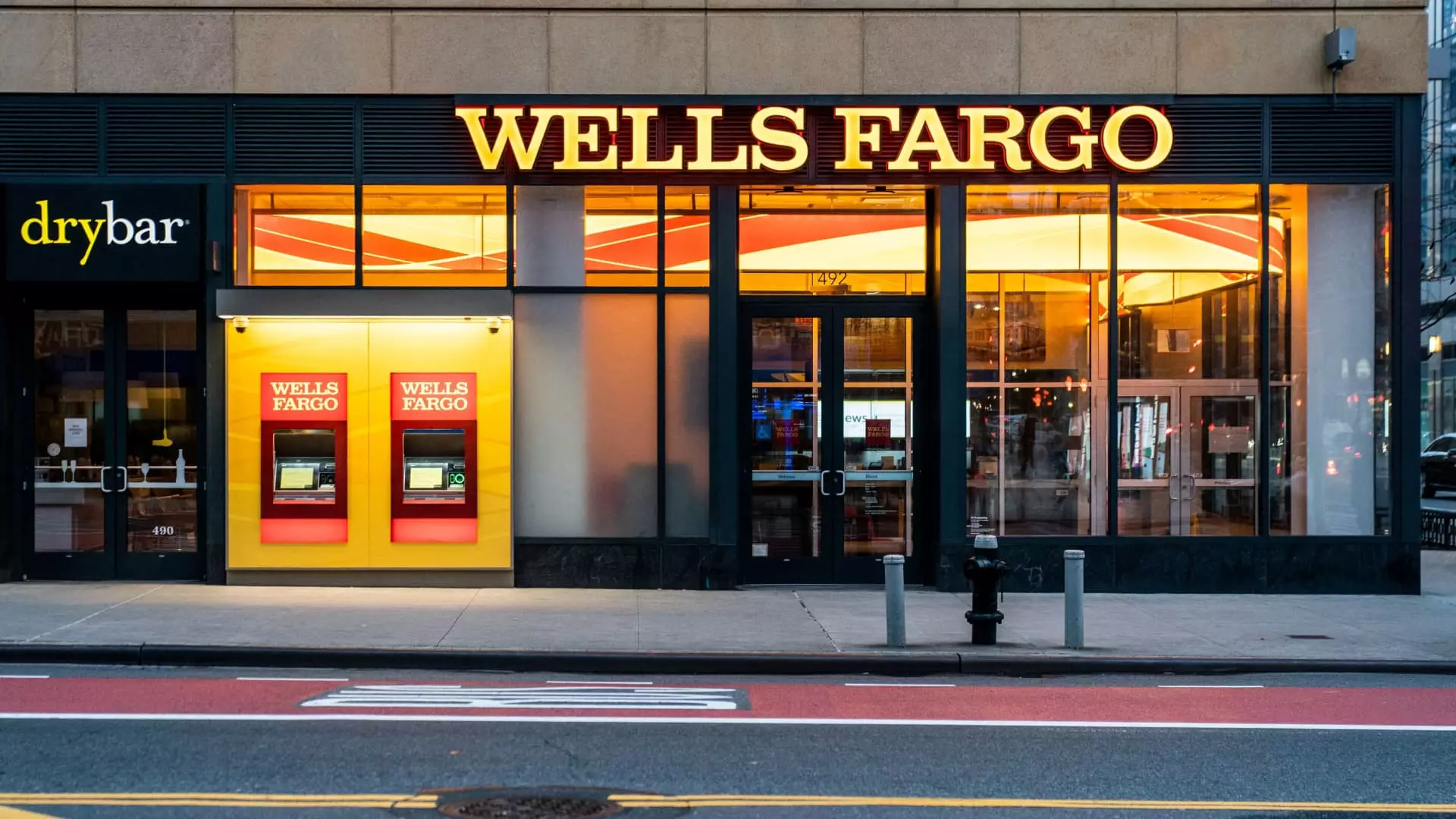Wells Fargo’s latest quarterly earnings report crashes headfirst into reality, offering a stark illustration of why investors should proceed with caution. The bank’s reported revenue of $20.15 billion comes in significantly below Wall Street’s expectations of $20.75 billion. This shortfall underscores a worrying trend of stagnation that raises alarms not just for Wells Fargo, but for the banking sector as a whole. In a time when financial institutions ought to be capitalizing on an evolving economy, Wells Fargo’s inability to generate more revenue from its core operations should make stakeholders reconsider their exposure to the stock.
Moreover, the bank recorded a 3% decline in revenue year-over-year, a trend that cannot be overlooked. This is not merely a quarterly hiccup; it suggests deeper systemic issues within the organization. Stakeholders must recognize that a stagnant revenue base coupled with lackluster growth indicators can (and often does) lead to a plummet in stock prices, as evidenced by the 1% dip on the day of the announcement.
The Concerning Drop in Net Interest Income
Another area of concern is the decline in net interest income (NII), which plays a crucial role in a bank’s profitability. Wells Fargo’s NII dropped 6% year-over-year to $11.50 billion, limping along when it should be thriving in a moderately rising interest rate environment. For a bank that has historically relied on lending to fuel its financial performance, such a dip raises critical questions about its operational efficiency and market strategies. Is Wells Fargo losing its competitive edge, or is it failing to adapt to the macroeconomic landscape dictated by rising interest rates?
In contrast, the bank reported a mere 1% uptick in noninterest income, showing that even supplementary revenue streams are not performing as expected. While some may argue that not every quarter can be a financial windfall, the sustained underperformance across both interest and non-interest income points toward a more significant issue with Wells Fargo’s operational strategies.
Reservation About Future Policies
CEO Charlie Scharf’s comments about economic uncertainty due to trade policy under the Trump administration add another layer of complexity. While the CEO cautiously supports efforts to reduce barriers to “fair trade,” he warns of associated risks. However, his acknowledgment of the volatility expected in 2025 raises eyebrows. Does this signify that Wells Fargo is adopting a defeatist attitude, or is it merely a realistic assessment of challenges ahead?
Investors are left questioning whether the bank’s current trajectory is sustainable in an environment where policies can change rapidly. Are we seeing a bank unable to live up to its potential simply due to external factors, or is there a more profound issue with its strategic direction?
A Share Buyback That Doesn’t Instill Confidence
In an attempt to bolster investor confidence, Wells Fargo spent approximately $3.5 billion on share buybacks in the first quarter, acquiring 44.5 million of its own shares. While this may superficially appear beneficial, such maneuvers can often be interpreted as an indication that a company lacks better avenues for growth. Rather than allocate capital towards innovative projects or strengthening its core capabilities, Wells Fargo is essentially trying to prop up its stock price.
Additionally, the provision for credit losses set at $932 million, coupled with a decrease in the allowance, further highlights the precarious state of the bank’s financial health. If investors choose to overlook these warning signs, they may find themselves facing significant losses when the true state of affairs comes to light. Thus, while Wells Fargo might have some inherent value, it’s crystal clear that the risks outweigh potential rewards at this juncture.

